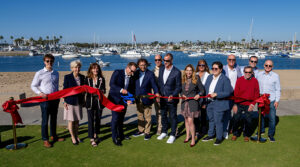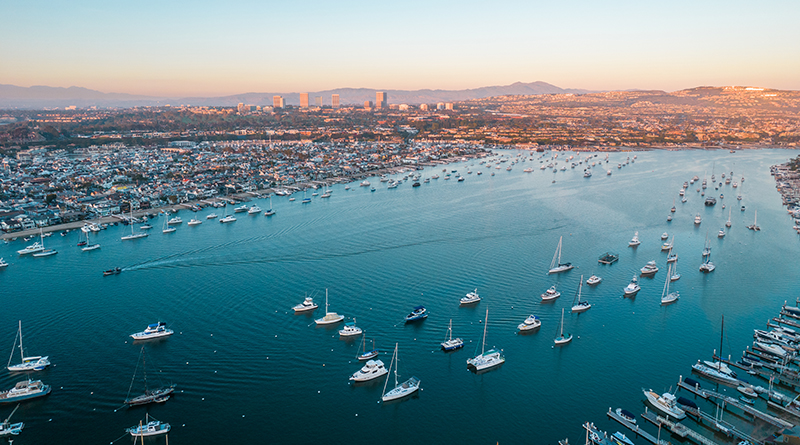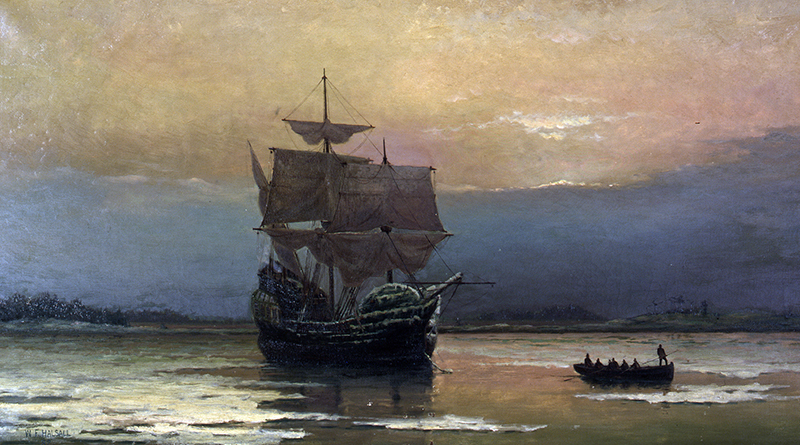City, state, and county officials joined community members and harbor stakeholders at Marina Park on November 4, 2025, to celebrate the official launch of the Newport Harbor Dredging Project, which is the largest and final major dredge planned for the harbor. The event, hosted by the City of Newport Beach and the U.S. Army Corps of Engineers, marked a milestone in the long-term effort to restore and sustain one of the West Coast’s most iconic recreational harbors.

The ceremony drew local leaders, harbor representatives, and project engineers who gathered along the waterfront to commemorate the start of the ten- to twelve-month operation. The project will remove roughly 900,000 cubic yards of sediment from the harbor floor, returning navigation channels to their federally authorized depths for the first time in decades. The collaborative effort between the City of Newport Beach and the U.S. Army Corps of Engineers aims to improve water quality, ensure safe navigation, and preserve the harbor’s long-term health.
Officials described the launch as the culmination of years of planning, environmental review, and coordination among multiple agencies. During the ceremony, Newport Beach Mayor Joe Stapleton called the project a milestone for the community, noting that it represented years of collaboration and perseverance to protect the future of the harbor. He credited federal, regional, and local partners for bringing the long-awaited dredge to fruition, calling Newport Harbor one of the city’s most cherished assets.
The U.S. Army Corps of Engineers will lead the federally authorized portion of the dredge, supported by funding and coordination from the City of Newport Beach. The project represents the third and final major phase of harbor restoration, building on earlier dredging efforts that cleared key navigation channels and mooring areas. This final phase focuses on the remaining sections of the main channel and turning basins.
The dredging process, which began shortly after the ceremony, involves specialized mechanical and hydraulic equipment to remove layers of built-up sediment from the harbor bottom. Over time, natural silt, sand, and runoff from surrounding areas have accumulated, reducing navigable depth and increasing the risk of grounding for vessels. Restoring the harbor to its original depth allows boats to move safely and efficiently, while also improving tidal circulation and water quality.
Some of the dredged material is composed of fine-grained sediment unsuitable for open-ocean disposal. That portion will be safely transported to the Port of Long Beach, where it will be reused as part of a Pier G slip fill project. Other, cleaner material will be relocated to approved disposal or reuse sites. These measures are designed to minimize environmental impact and ensure the dredging process meets state and federal environmental standards.
The kickoff event highlighted the importance of the harbor not just as a boating destination, but as a cultural and economic cornerstone for the community. City officials emphasized that maintaining navigable depths in Newport Harbor supports thousands of recreational boaters, commercial operators, yacht clubs, and waterfront businesses. Improved channel depths and circulation also contribute to a healthier ecosystem for marine life and a safer environment for all users.
Environmental safeguards have been implemented throughout the project. Sediment testing, monitoring, and wildlife protection protocols are being carried out in coordination with state and federal agencies to reduce disruption to local habitats. The city and its partners have committed to maintaining transparency throughout the process, providing updates as work continues.
The dredging project carries broad benefits for the region. Deeper navigation channels enhance safety for boaters and make harbor access more reliable, especially during low tides. Increased water flow helps prevent stagnation, reducing the buildup of debris and supporting cleaner, oxygen-rich water for fish and other marine species. The long-term improvements are expected to strengthen the harbor’s environmental resilience and extend the lifespan of the waterway as both a working and recreational resource.
For Newport Beach, this final dredging phase represented both a practical and symbolic achievement. The harbor, often recognized as one of the largest small-craft harbors in the nation, remains a vital part of the city’s identity and economy. The completion of this phase will bring the harbor back to its optimal depth for the first time in decades, marking the end of major dredging and the beginning of a new maintenance cycle focused on long-term sustainability.
Officials attending the event included representatives from the City of Newport Beach, Orange County, the State of California, and the U.S. Army Corps of Engineers. Their remarks reflected a shared commitment to preserving the harbor’s legacy for future generations. City staff also noted that the project’s success is a testament to years of coordinated planning and environmental stewardship among federal and local agencies.
Crews will continue working through the coming months, carefully removing sediment and transporting it to designated sites under strict environmental oversight. The City of Newport Beach has stated that the project is designed to minimize disruption to recreational and commercial activities, and regular updates will be shared with the community as work progresses.
When completed, the dredging effort will have restored Newport Harbor to its original authorized depth — an outcome that officials say will improve safety, support the local economy, and protect one of California’s most treasured coastal environments. Following the completion of this final phase, the harbor will require only routine maintenance dredging to keep channels clear for years to come.
City leaders and harbor advocates have described the project as both an end and a new beginning, the culmination of decades of work and the foundation for future care of the harbor. The collaboration between the City of Newport Beach, the U.S. Army Corps of Engineers, and state and regional agencies stands as a model for long-term coastal management and preservation.
As the dredging continues, the sight of equipment along the waterfront serves as a reminder that even in a harbor as established as Newport’s, maintaining balance between recreation, commerce, and conservation requires both persistence and partnership. The November 4th ceremony celebrated more than the start of a construction project; it honored the enduring relationship between the city, its waterways, and the community that depends on them.





